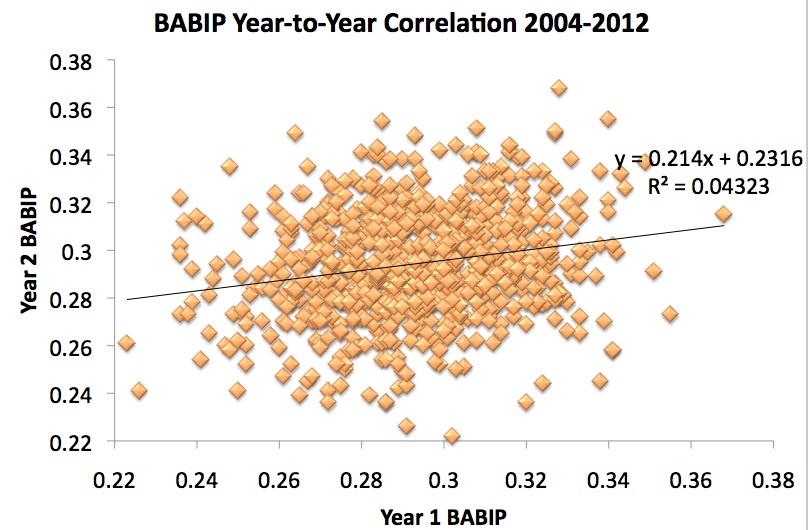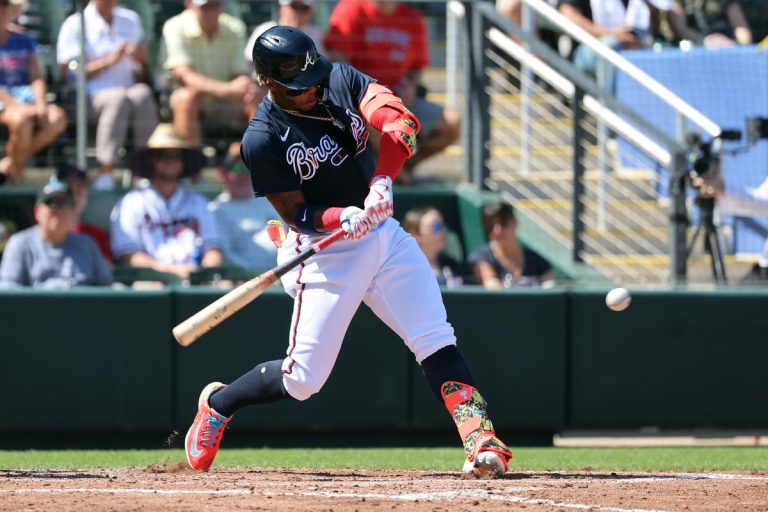If you’re an avid fan of Major League Baseball (MLB) prop bets, it’s essential to understand the impact of advanced metrics on player performance. One such crucial statistic is Batting Average on Balls in Play (BABIP). Understanding BABIP, how it works, and how it can predict a pitcher’s outs recorded can give bettors an edge.
BABIP measures how often a ball in play against a pitcher results in a hit, excluding home runs. This unique stat is valuable for evaluating both pitchers and hitters. For pitchers, a lower BABIP indicates efficiency at getting outs, whereas a high BABIP could mean susceptibility to conceding hits.
BABIP and Outs Recorded in MLB Prop Bets
For MLB prop bets, understanding BABIP and outs recorded provides a critical competitive edge. Outs recorded are an integral part of the betting process as they constitute a significant portion of pitcher props.
The beauty of BABIP lies in its ability to highlight the sustainability of a pitcher’s performance. A significantly low or high BABIP can often signal a return to the mean. If a pitcher is riding a low BABIP, he might be due for a regression, allowing more hits, and thus, recording fewer outs. Conversely, a pitcher with a high BABIP might see improved performance soon.
It’s important to understand that BABIP isn’t solely a product of luck; it also involves skill. Defense, type of contact, and park factors significantly influence it. Therefore, while it’s used as an indicator of pitcher performance, it’s not the only factor to consider. It should be used in conjunction with other pitching metrics for optimal results in MLB prop bets.

Factoring BABIP into MLB Prop Bets
Let’s delve into how BABIP plays into MLB prop bets. Suppose a pitcher has been consistently recording high outs but has an inflated BABIP. As a bettor, it would be wise to tread carefully, as his high outs performance might be due for a decline.
On the other hand, suppose a pitcher has a higher-than-average BABIP but has been recording low outs. This might indicate that luck hasn’t been on his side, and his outs could improve in the future. Betting on him recording more outs in the upcoming games could be a smart MLB prop bet.
Combining BABIP with Other Metrics for MLB Prop Bets
While BABIP is a critical element for MLB prop bets, other metrics should also be considered to make more accurate predictions. These include strikeout rates (K%), walk rates (BB%), ground ball rates (GB%), fly ball rates (FB%), and hard-hit rates (Hard%).
For instance, a pitcher with a low BABIP and high K% is more likely to sustain his performance, given that strikeouts are entirely within his control. A high GB% also correlates with a lower BABIP, as ground balls tend to go for hits less often than fly balls.
However, if a pitcher has a low BABIP but a high BB% and FB%, caution is advised. Walks can lead to runners on base, and fly balls have a higher chance of becoming hits or even home runs, leading to fewer outs recorded.
Final Thoughts on BABIP and MLB Prop Bets
In conclusion, BABIP is a critical tool for predicting pitcher performance in MLB prop bets. Understanding how this statistic correlates with outs recorded can help bettors make more informed decisions and potentially reap greater rewards.
However, BABIP should not be used in isolation. Combine it with other relevant metrics to get a comprehensive view of a pitcher’s skill set and performance trends. By doing so, bettors can identify promising prop bet opportunities that others may overlook, enhancing their chances of success. With careful analysis and a sound




